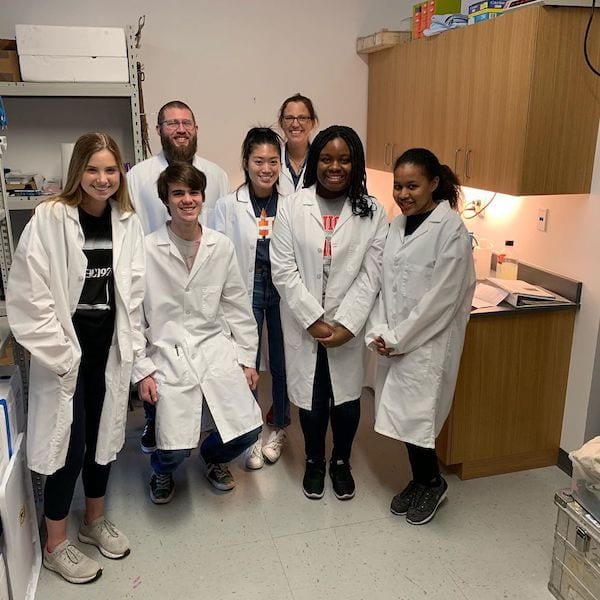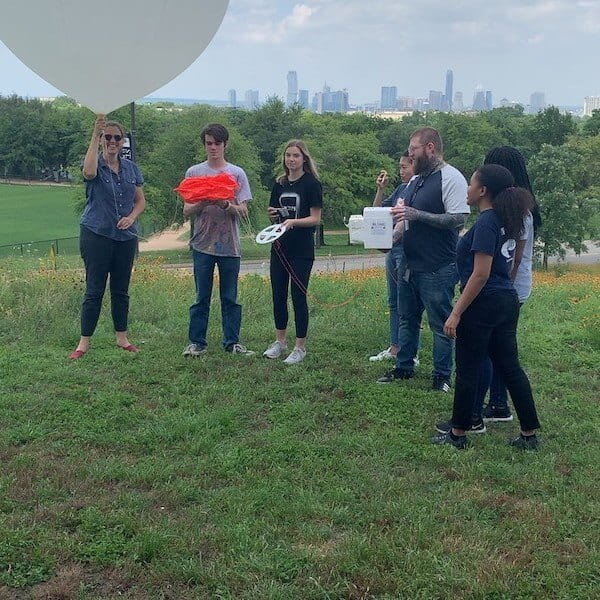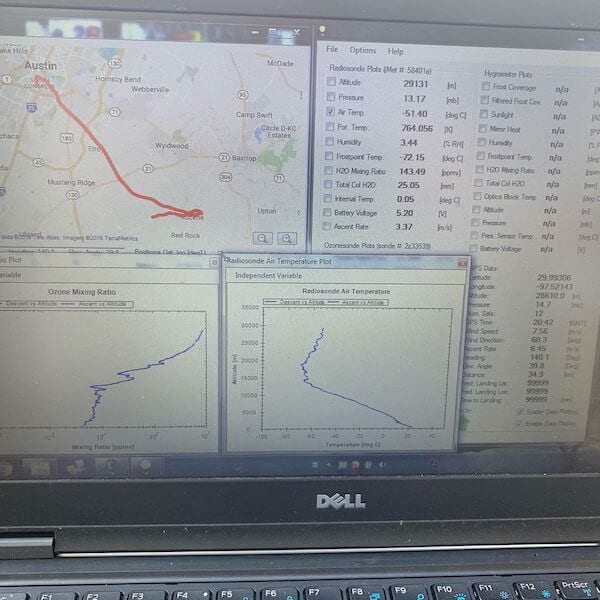Tell us about the research:
The goal of the Tropospheric Ozone Pollution Project (TOPP) is to enhance our understanding of ozone pollution, particularly with respect to contributions from local and remote (long-range) anthropogenic and natural sources. Data from our project validates satellite observations from NASA and the European Space Agency, validates and improves air quality models, and assist local and state authorities in designing strategies to mitigate ozone pollution. Our project was established in July 2004. Since its inception, our teams have released over 1000 weather balloons from 11 sites within the U.S. and 3 international sites, with most of those flights in Texas, and over 600 from Houston.
This year, we will be flying about 60 weather balloon sondes, roughly 6’ in diameter, to measure ozone, temperature, pressure, relative humidity, wind speed, and wind direction from the surface to about 30 km (100,000 ft) each flight, with about 30 of those flights in El Paso at the University of Texas-El Paso campus and about 30 of those flights in San Antonio at Trinity University. The balloons ascend at 5 m/s (about 1000 ft/min) for around 90 minutes before bursting. A parachute slows the descent, which takes about 45 minutes. Profiles of our data are shared with our collaborators and the National Weather Service office in New Braunfels.
Is the research funded by any grants?
This year’s projects are sponsored by a grant from the Texas Commission on Environmental Quality through the University of Houston. In the past, we have received funding from NASA, TCEQ, the University of Texas’ Air Quality Research Program (AQRP), the Capital Area Council of Governments (CAPCOG), the Metropolitan Planning Office (MPO) in El Paso, and the Fulbright Scholar program. Initial funding for the Tropospheric Ozone Pollution Project (TOPP) came from the Shell Center for Sustainability at Rice University in 2004. Since that initial grant, we’ve been funded over 20 times with about $2 million in support.
Any interesting air quality facts about our campus or area?
While Austin air quality complies with the Environmental Protection Agency (EPA) – National Ambient Air Quality Standards (NAAQS), we are very close to being out of compliance. Three years ago, therefore, we began flying weather balloons from St. Edward’s. At the same time, we established an air quality monitoring station on the roof of John Brooks Williams South building on campus — enhancing the local network of surface monitors in an area where none existed previously.


